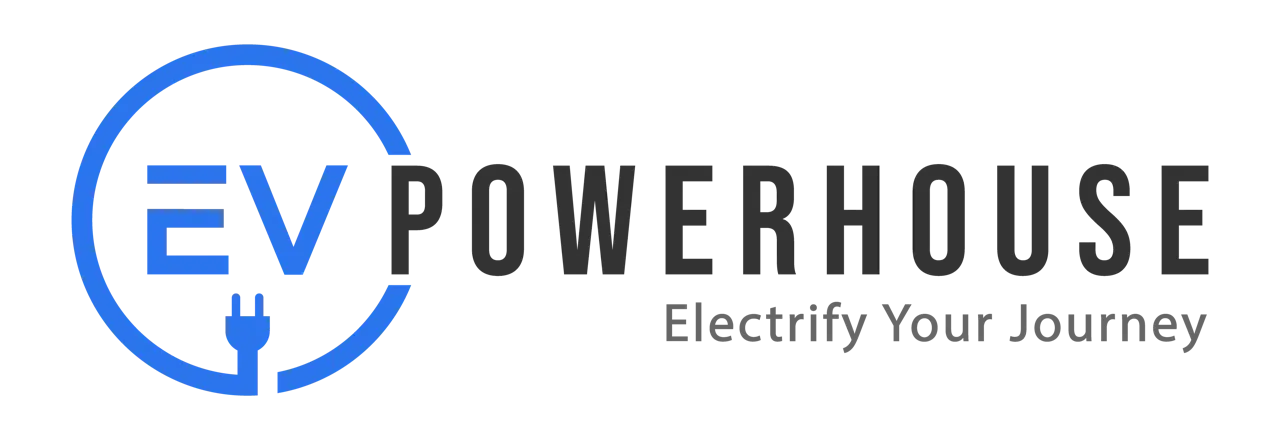Electric vehicles have been making significant strides in the automotive industry, with their eco-friendly features and energy-efficient performance. However, the adoption of EVs is not just about clean transportation; it’s also about revolutionizing the way we interact with energy grids and our homes. Bi-directional EV charging, often referred to as V2G (Vehicle-to-Grid) or V2H(Vehicle-to-Home) or V2X(Vehicle-to-Everything) technology, is a game-changer in this regard. In this post, we’ll explore the concept of bi-directional EV charging and how it’s shaping the future of sustainable energy.
- Table of contents
- ➤ The Basics
- ➤ Advantages
- ➤ Challenges and Considerations
- ➤ EVs capable of Bi-directional Charging
The Basics of Bi-Directional EV Charging
As the name suggests, it enables electric vehicles to not only receive power from the grid but also to give back excess energy when needed. This two-way interaction between EVs and the grid or other loads has several key components:
1. Charging and Discharging: Bi-directional chargers allow EVs to charge their batteries when connected to the grid and discharge stored energy back to the grid or power other devices when required.
2. Smart Grid Integration: To facilitate this process, bi-directional EVs as well as EV chargers are equipped with advanced communication systems. This allows them to communicate with the grid and adjust power flow as needed.
3. Energy Management: Bi-directional charging systems often involve intelligent energy management systems that optimize energy use and distribution within the vehicle and the grid.
Advantages of Bi-Directional EV Charging
1. Grid Resilience: One of the most significant benefits of bi-directional EV charging is its potential to enhance grid resilience. During peak demand periods or power outages, EVs can act as temporary power sources, reducing strain on the grid and providing emergency backup power to homes and businesses.
2. Renewable Energy Integration: Bi-directional charging can play a crucial role in integrating renewable energy sources like solar and wind into the grid. When renewable energy production exceeds demand, excess power can be stored in EV batteries and returned to the grid when needed.
3. Cost Savings: EV owners can benefit financially from bi-directional charging. They can sell excess energy back to the grid or use their EVs as a source of income by participating in grid services programs.
4. Reduced Infrastructure Costs: By leveraging the energy storage capacity of EV batteries, bi-directional charging can potentially reduce the need for additional grid infrastructure upgrades, saving costs for utility companies and consumers.
Challenges and Considerations
While bi-directional EV charging offers numerous advantages, it also faces several challenges and considerations:
1. Battery Degradation: Frequent charging and discharging cycles can lead to increased wear and tear on the EV battery, potentially reducing its lifespan.
2. Regulatory Hurdles: The implementation of bi-directional charging requires regulatory changes and standardization to ensure safety and interoperability.
3. Infrastructure Deployment: Widespread adoption of bi-directional charging necessitates the installation of bi-directional chargers across the EV charging network, which is a significant infrastructure undertaking.
4. Data Security: The communication between EVs and the grid must be secure to prevent unauthorized access and data breaches.
EVs capable of Bi-directional Charging
As of right now, there are several electric vehicle brands that offer bidirectional charging capabilities. Models like the MG4 EV, the MG ZS EV, the Hyundai Ioniq 5 and the Kia EV6 all offer Vehicle-to-Load (V2L) functionality. In contrast, the Nissan Leaf has been equipped with (Vehicle-to-Grid)V2G since 2013. The upcoming Kia EV9 will also have this capability.
Note that in Australia V2G technology is only approved by South Australia for installation and operation.
Conclusion
Bi-directional EV charging represents a significant step forward in the integration of electric vehicles into our energy infrastructure. It has the potential to transform the way we generate, store, and distribute electricity. This makes EV ownership even more attractive and economical. As technology continues to evolve and regulatory barriers are addressed, bi-directional charging is poised to play a pivotal role in the transition towards a sustainable and resilient energy future.

